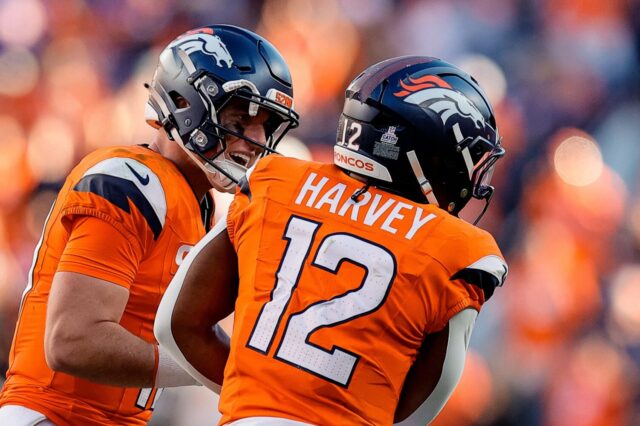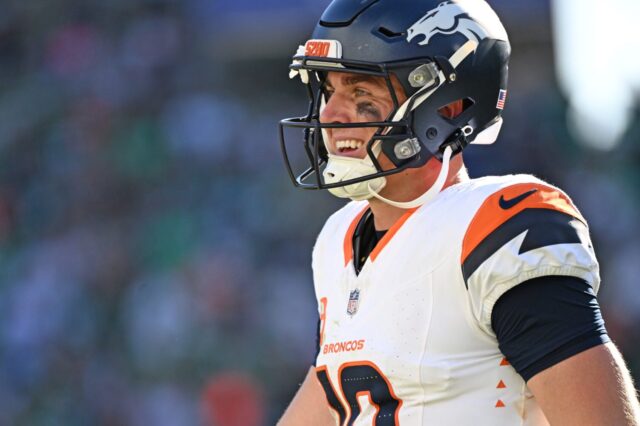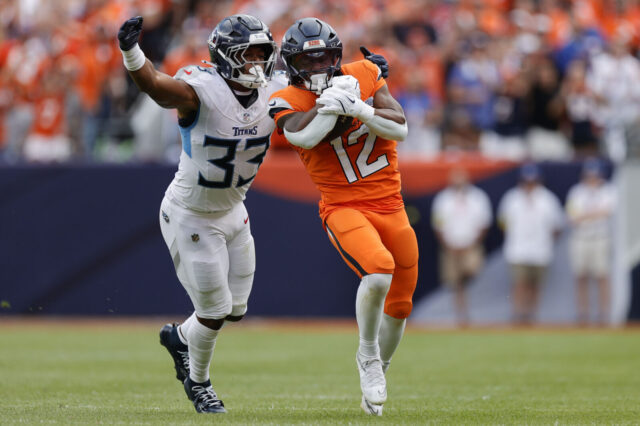With only four diagnosed concussions this past season, the Denver Broncos were incredibly lucky.
Concussions have increased by 31.55% during preseason and regular season play this past year according to a report released by the NFL in January. In total there were 271 concussions diagnosed last season, excluding the post season. That averages out to about 8 diagnosed concussions per team.
The key word there is “diagnosed.” Back in 2011, then Indianapolis Colts quarterback, Peyton Manning, admitted that he went out of his way to underperform during the NFL’s preseason baseline concussion test. By setting the bar low, “The Sheriff” was putting himself in a position to stay on the field in the event of a head injury. There is so much at stake for players that they are willing to risk more than is healthy.
On Monday, NFL Senior Vice President for Health and Safety Jeff Miller offered the league’s first unequivocal acknowledgement of the potential link between football and the degenerative brain disease Chronic Traumatic Encephalopathy (CTE).
Miller was speaking in front of a congressional committee during a round table discussion on concussions when U.S. Rep. Jane Schakowsky asked whether Miller thought there could be a connection between football and brain diseases like CTE.
“The answer to that question is certainly yes,” Miller said.
Prior to Miller’s admission, a number of measures had already been taken to avoid concussions. While most high school athletes are sweating it out in full pads, performing full-contact drills at least twice a week, the professionals in the NFL are limited to a mere 14 full-pad practices during the regular season.
According to PracticeLikePros.com, only 3 percent of concussions in the NFL happen on the practice field, while that number for high school programs is between 60 to 75 percent. There seems to be little consensus as to what the proper amount of contact in practice should be. Ivy League football programs, for example, removed full-contact practices entirely just this year.
The NFL has also increased their penalties for helmet-to-helmet collisions. As a result there has been a noticeable shift in the way players hit. At one point Owen Daniels went so far as to thank Reggie Nelson of the Cincinnati Bengals for a clean hit delivered to his midsection.
S/O to Reggie Nelson for not going at my head or legs✊🏼 #respect #thatsthehardestiveeverbeenhit
— Owen Daniels (@owendaniels) December 29, 2015
Strangely, there is very little guidance on what kind of helmet players should wear. During Super Bowl 50 Aqib Talib was the only player on the field wearing a helmet made by the equipment manufacturer Xenith.
The increase in concussion diagnoses could be a symptom of a better system that includes spotters and tests. At the end of the day teams still rely heavily on players to self-report and admit to concussion symptoms. For players with so much of their future riding on their health, or the appearance of health, the decision to self-report isn’t a simple one.
Either the Denver Broncos got lucky … or they’re just really good at pretending to be concussion free.



